RONIN ATHLETICS
Ronin Athletics gym has been a pioneer in the education and training of Mixed Martial Arts, comprised of Brazilian Jiu Jitsu in New York City since 2001. We are the official Gracie Jiu Jitsu® Certified Training Center in all of Manhattan, New York City area.
We are located at 265 Madison Ave - 5th Floor, which is 3 blocks south of Grand Central Station and 2 blocks southwest of the New York Public Library and Bryant Park. Our building entrance is on the North East corner of 39th Street.
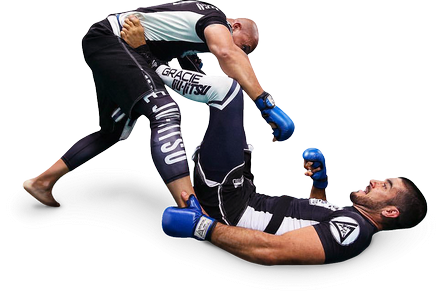
You’re fortunate to live in New York City because it offers a wide variety of MMA Gyms and Academies – inherent to the competitive nature of Manhattan, the quality of the instructors tends to be of high caliber. Ronin Athletics is considered the best Martial Arts Academy in New York City for those that want to learn: all aspects Brazilian Jiu Jitsu (BJJ) including self-defense, sport and its concepts on the use of leverage, as well as footwork.
Contrary to how the sport of MMA (made popular by the UFC), Grappling Competitions may appear, the ‘full-contact’ aspect of these events only exhibit a very small portion of its benefits. Fighting has always been an entertaining spectator sport but those who compete typically train at academies who specialize in developing professional fighters – we do not. We believe we are the best Mixed Martial Arts Academy for the individual who wants to learn BJJ to compliment and balance their lifestyle.
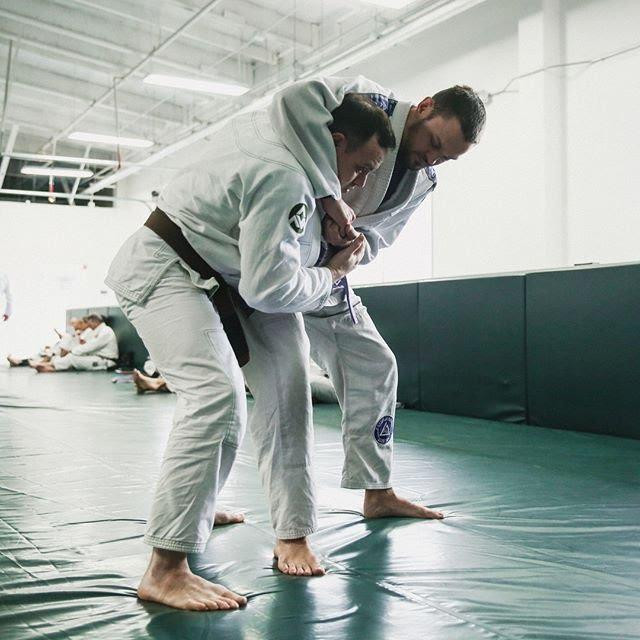
Self Defense at Ronin Athletics
While some people appreciate the spectacle of Mixed Martial Arts in a professional sport setting, many seek out these practical skills to defend themselves, increase their confidence and enhance their quality of life – especially here in New York City.
Navigating through the endless options of Self Defense classes in NYC can be daunting for any newcomer. The range varies from traditional martial arts like Tae Kwon Do to military style martial arts like Krav Maga, or even modified self-defense training that use ‘padded’ instructors to simulate assaults. >
Ronin Athletics offers a unique approach to Self Defense training, providing the individual a DIAL rather than an ON/OFF switch solution. The dynamics of urban living is complicated and require countermeasures that is appropriate from low level threats to high level threats. Military style countermeasures may not always be the solution.
Gracie Jiu Jitsu is the best Self Defense solution for someone living in an urban setting like New York City because the principles of its techniques have built-in scalability. Examples include: a child being bullied by another child, can be resolved though non-violent Jiu Jitsu holds that neutralize a situation until a teacher arrives, or unwanted flirting in a network setting can be avoided with basic wrist escapes, or in extreme instances where an assault takes place, one may be able to use leverage to escape the threat or counter it with a choke hold, putting the attacker to sleep.
Self Defense is not only about learning the mechanics of how fight, but also about a mindset that you adapt to daily life and empowered through skill development in leverage and timing. As Grand Master Helio Gracie said, ‘Jiu Jitsu is the triumph of intelligence over brute strength.’
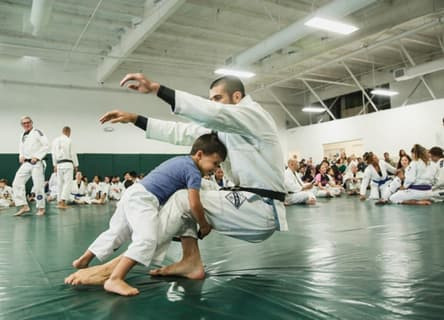
Brazilian Jiu Jitsu at Ronin Athletics
Brazilian Jiu Jitsu is arguably the most important skill to any MMA fighter’s arsenal. It was originally created by Helio Gracie for self-defense. Grandmaster Helio modified the techniques used by Judo practitioners to fit his needs. He was a frail man and was considered too weak to practice Judo, which relied on athleticism with some amount of leverage. He modified his self-defense system by finding the most efficient way to ‘weather the storm’ to be in the best position to respond at the right time, with the right technique, with the greatest amount of leverage (Gracie Jiu Jitsu Philosophy) – he called his art Gracie Jiu Jitsu.
Gracie Jiu Jitsu
Gracie Jiu Jitsu is Brazilian Jiu Jitsu (BJJ) in its complete form, as it was intended by Grandmaster Helio. While the techniques taught share those with other Brazilian Jiu Jitsu schools, the differentiating factor is its emphasis on Self-Defense as its guiding principle during the students development. Without the Self-Defense principle to guide the practitioner, he/she can easily waste valuable time practicing techniques and concepts effective in competition but useless in practical application.
Present day – BJJ Academies abound in New York City. However they have evolved to primarily focus on the sport aspect, almost similar to high school wrestling training with submissions and reliance on a point system. It’s a new sport for the few strong and athletic type. Ronin Athletics enjoys the sport aspect as well but maintains the teaching methodology used by Master Helio.
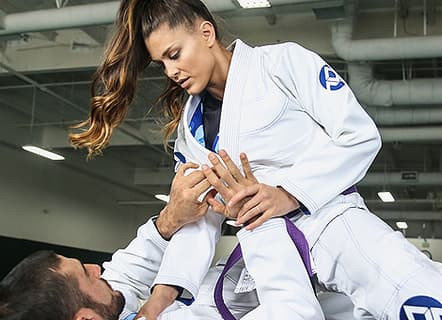
The Jiu-Jitsu I created was designed to give the weak ones a chance to face the heavy and the strong
So why is Ronin Athletics the best Mixed Martial Arts Gym in New York City? Because if you are the smaller less athletic individual looking to even the field, you are the person Grandmaster Helio Gracie created this for and we are the exclusive certified training center in New York City that follow his approach to teaching Jiu Jitsu as preserved by his grandsons Ryron and Rener Gracie and Gracie University.
FAQ
I'M VISITING FROM OUT OF TOWN. WHAT'S YOUR 'DROP-IN' POLICY?
Given that NYC is a major travel hub, we limit our visitors to Gracie University affiliated members only. Which means you're a member of an Academy that is a Gracie Certified Training Center. If so, you're welcome to train up to 30 consecutive days (per year) for free. Just email us (info@roninathletics.com) your full name, rank and which Gracie Certified Training Center you train and we will reply with a link to schedule your first visit.
Please note, you must have a Gracie University branded uniform to train with us. We offer Gi rentals for $10.00 if you don't have one with you.
WHAT IS YOUR WEEKLY SCHEDULE OF CLASSES?
For our weekly class schedule CLICK HERE. You can filter by class type and if you want to know the lesson plans for our Jiu Jitsu programs, it's at the bottom below the table.
Do I need to be in good shape or have any experience?
It depends on the martial art. Some disciplines have a higher barrier of entry than others. Jiu Jitsu, is by far the lowest barrier of entry as it was designed for the weaker and smaller individual to develop their strength and confidence.
Can I teach myself self defense?
Yes, it is possible to learn basic self-defense on your own. However, practicing on a non-cooperating partner allows you to sharpen your technique and push yourself to further development.
Is self defense necessary?
Self-defense is a necessary part of human development. In one's life time physical, mental and emotional assault will happen and learning to respond with equal force is a necessity. While we live in a more civilized world today, there are always different challenges and pressurs we face. Learning self-defense not only teaches one about enduring physical pressure, but also mental and emotional ones as well.
How long does it take to learn self defense?
It's depends on the system of self-defense being practiced. If the curriculum is focused on identifying and neutralizing high probability assault scenarios, then it would only be a matter of weeks to learn. One does not need to achieve mastery or a 'black belt' in a martial art to be self-defense ready.
Blog
Positions Every White Belt Should Know
Learning jiu-jitsu is no easy task. In addition to the physical difficulties associated with practicing martial arts (scrapes, bruises, sprains, and so on), it’s also mentally difficult because you need to constantly be thinking of strategies to defeat your opponent while under an extreme amount of stress. Additionally, white belts often spend months, if not years, simply learning all the terms, positions, and techniques of jiu-jitsu and integrating them into their muscle memory.
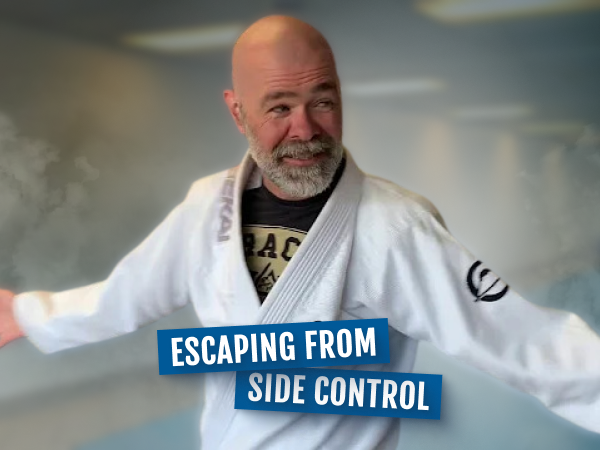 Escaping from side control
23 Apr
Escaping from side control
23 Apr
Escaping from side control
One of the most important virtues that a white belt can learn is patience. Patience is a critical part of self-defense because it opens the door not only for better strategic reasoning, but also more efficient technique. Within the framework of jiu-jitsu, patience is the ability to maintain your composure in a high-stress environment so that you can think clearly, recognize opportunities for escapes or submissions, and preserve your energy. All of these things are vital for the most important principle of jiu-jitsu, which is survival.
How Jiu-Jitsu Training Has Evolved
Matt Thornton, the founder of SBG International and one of the most well-respected jiu-jitsu coaches in the Pacific Northwest, recently sat down to interview Henry Akins. Henry has been a major figure in the jiu-jitsu community for decades.
Learning How to Train Jiu-Jitsu with Henry Akins
Matt Thornton, the founder of SBG International and one of the most well-respected jiu-jitsu coaches in the Pacific Northwest, recently sat down to interview Henry Akins. Henry has been a major figure in the jiu-jitsu community for decades. He was just the third American to receive his black belt from Rickson Gracie, arguably one of the best Brazilian jiu-jitsu fighters to ever live, and Henry has spent years sharing the wisdom that he learned from Rickson with students of jiu-jitsu around the world.
Reviews
This Certified Gracie Jiu-Jitsu Training Center is independently owned and operated. Gracie Jiu-Jitsu®, Gracie Combatives®, Gracie Bullyproof®, Women Empowered®, and Certified Gracie Jiu-Jitsu Training Center®, are registered trademarks used under license from Gracie University.

-min.jpg)


-min.jpg)
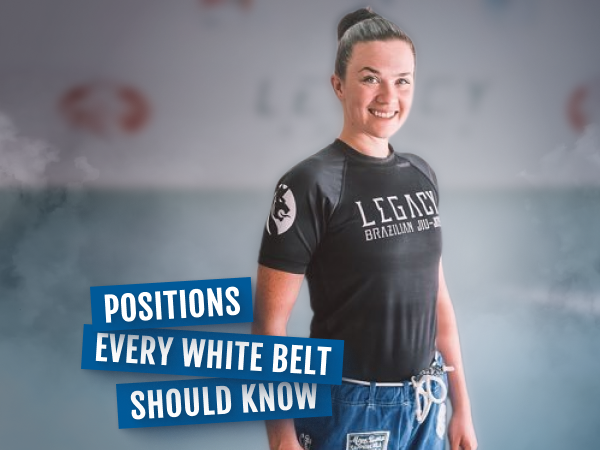 Positions Every White Belt Should Know
Positions Every White Belt Should Know
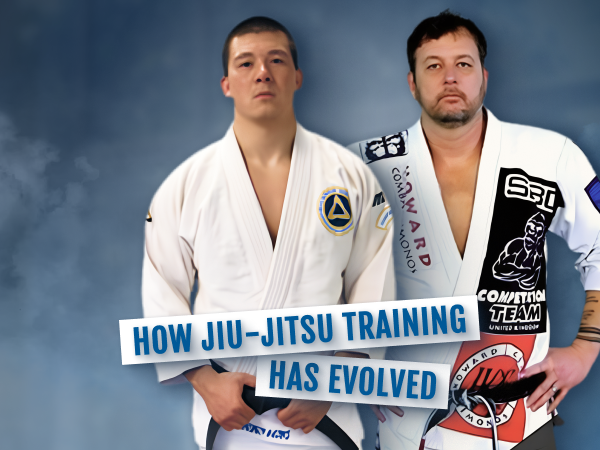 How Jiu-Jitsu Training Has Evolved
How Jiu-Jitsu Training Has Evolved
 Learning How to Train Jiu-Jitsu with Henry Akins
Learning How to Train Jiu-Jitsu with Henry Akins



